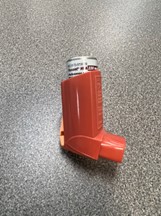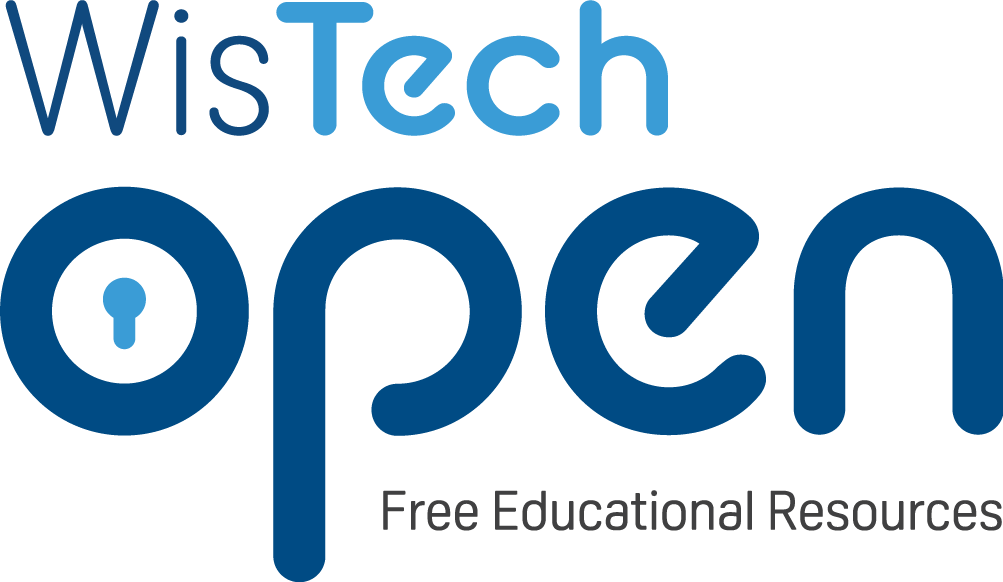4.2 Lab Activities
4.2a Small-Volume Nebulizer (SVN)
1. In the laboratory classroom, you and a partner should locate the small-volume nebulizer (SVN acorn type; see Figure 28[1]) and, if available, the breath-actuated nebulizer (BAN type; see Figure 29[2]). Explain their operations, and label and identify the parts and draw them on a separate piece of paper. Show this drawing and your explanation to your lab instructor.


2. With your partner, practice setting up the SVN and, if available, the BAN. Use a viral filter for the mouthpiece and normal saline bullets as the placebo medication. Answer the following questions on a separate piece of paper. Show your answers to your lab instructor.
a. At what level should the flowmeter be set?
b. How does the nebulizer sound when it is running?
c. When do you know the medication is gone?
d. What happens to the delivery of the medication if the device is not positioned properly?
4.2b Metered-Dose Inhaler (MDI)
1. In the laboratory classroom, you and a partner should locate a metered-dose inhaler (MDI; see Figure 30[3]). Explain its operation and label and identify the parts and draw it on a separate piece of paper. Show this drawing and your explanation to your lab instructor.

2. With your partner, practice instructing a patient on how to use an MDI and spacer. Answer the following questions on a separate piece of paper. Show your answers to your lab instructor.
a. Why should a spacer be used with an MDI?
b. How long should a patient hold their breath for optimal deposition?
c. Why is it important to instruct a patient to wait between puffs?
4.2c Dry Powder Inhaler (DPI)
1. In the laboratory classroom, you and a partner should locate a dry powder inhaler (DPI; see Figure 31[4]). Explain its operation and label and identify the parts and draw it on a separate piece of paper. Show your drawing and explanation to your lab instructor.

2. With your partner, practice instructing a patient on how to use a DPI. Answer the following questions on a separate piece of paper. Show your answers to your lab instructor.
a. How much flow does a patient need to generate to get the proper deposition from the DPI?
b. Why is it important for the patient to rinse out their mouth after administration of a corticosteroid?
c. True or false – DPIs do not need to have hand-breathing coordination to be actuated.
d. What is your solution if the patient cannot inhale the DPI?
- “Acorn type” by Don Raymond, Chippewa Valley Technical College is licensed under CC BY-NC 4.0 ↵
- “BAN” by Don Raymond, Chippewa Valley Technical College is licensed under CC BY-NC 4.0 ↵
- “MDI” by Don Raymond, Chippewa Valley Technical College is licensed under CC BY-NC 4.0 ↵
- “Dry Powder Inhaler” by Don Raymond, Chippewa Valley Technical College is licensed under CC BY-NC 4.0 ↵

